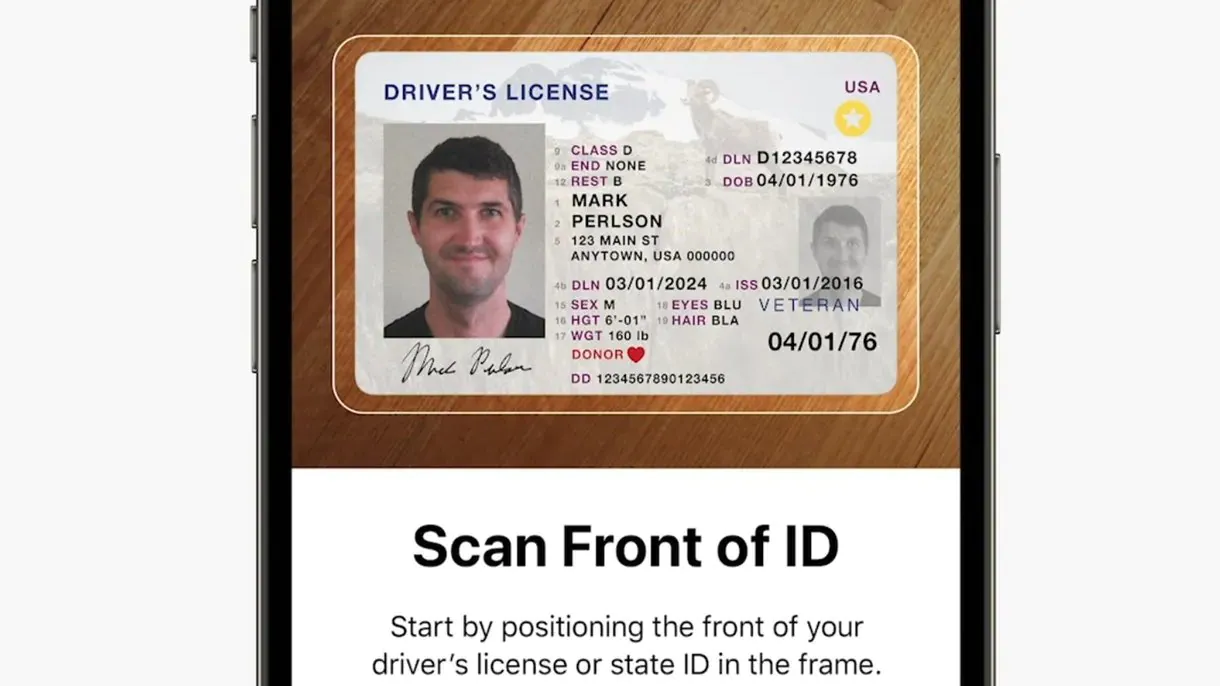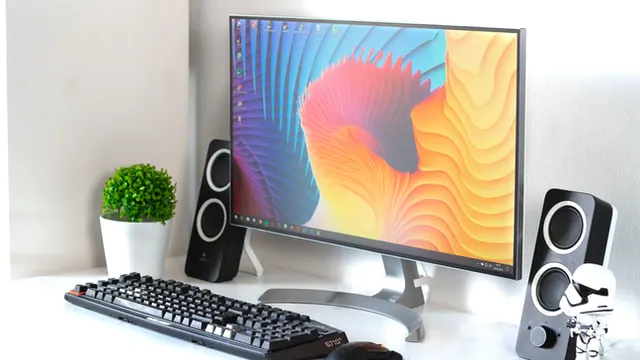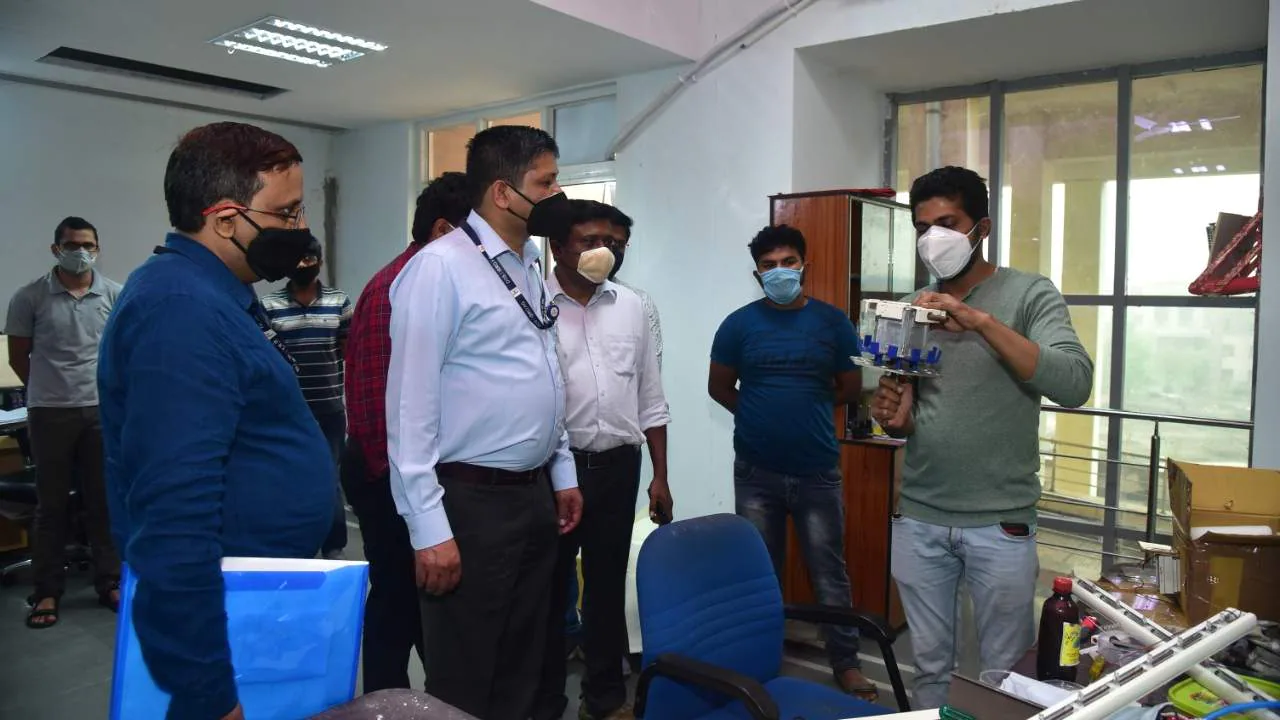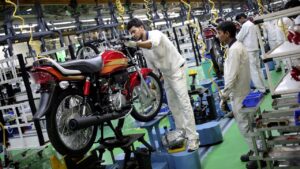The drug comes in powder form in a sachet of 2.34 g and the MRP has been fixed at Rs 990.
Hyderabad pharma company Dr Reddy’s Laboratories (RDL) has announced that it will now commercially sell the 2-deoxy-D-glucose drug under the name of 2DG.
The drug was developed and tested by the Defence Research and Development Organisation’s (DRDO) Institute of Nuclear Medicine & Allied Sciences (INMAS) in collaboration with Dr Reddy’s.
The Drugs Controller General of India (DCGI) gave the drug its Emergency Use Approval (EUA) on 1 May and was officially launched on 8 May. On 17 May, Rajnath Singh, defence minister handed the first batch of drugs to the Union health minister Harsh Vardhan.
Dr Reddy’s will supply the 2DG drug to major government and private hospitals in metros and Tier 1 cities. Gradually, the company will increase supply to the rest of the country.
Dr G Satheesh Reddy, Secretary Department of Defence (R&D) and Chairman, DRDO said in a press release, “We are pleased to have worked closely with our long-term industry partner Dr Reddy’s Laboratories, Hyderabad, for testing 2DG as therapeutic application in treatment of COVID-19 patients. DRDO has been contributing in fight against COVID-19
patients. DRDO has been contributing in fight against COVID-19 pandemic with its spin off technologies.”
pandemic with its spin off technologies.”
The drug comes in a sachet, in the powder form of 2.34 g. It needs to be dissolved in water and taken orally. According to an RDL statement, the maximum retail price of each sachet has been fixed at Rs 990. A subsidised rate will be offered to government institutions.
It works by accumulating in the virus-infected cells and preventing growth by stopping viral synthesis and energy production. Its selective accumulation in virally infected cells makes this drug unique.
The drug is given to hospitalised COVID-19 patients with moderate to severe condition, under the prescription and supervision of a doctor. It is an adjunct or supplementary treatment to the standard care and does not work independently.
patients with moderate to severe condition, under the prescription and supervision of a doctor. It is an adjunct or supplementary treatment to the standard care and does not work independently.
Satish Reddy, Chairman, Dr Reddy’s said, “2DG is yet another addition to our COVID-19 portfolio that already covers the full spectrum of mild to moderate and severe conditions and includes a vaccine. We are extremely pleased to have partnered with DRDO in our collective fight against the COVID-19
portfolio that already covers the full spectrum of mild to moderate and severe conditions and includes a vaccine. We are extremely pleased to have partnered with DRDO in our collective fight against the COVID-19 pandemic.
pandemic.
Clinical trials
According to a government press release, the phase 1 trials was a collaboration between INMAS-DRDO scientists along with the Centre for Cellular and Molecular Biology (CCMB), Hyderabad. Based on phase 1 results, the DCGI’s Central Drugs Standard Control Organisation (CDSCO) permitted them to conduct phase 2 clinical trials in people in May 2020.
The trials were done to compare the efficacy and safety of the drug with SoC verse just standard care. Male, female and transgender patients between the ages of 18-90 years of age were accepted into the trials after they were tested positive for the virus.
Phase 2 was split into phase 2a and phase 2b in six hospitals and 11 hospitals respectively. There were 110 patients from all over the country and the trials were conducted during the months of May to October 2020. They found that the drug was safe and patients showed significant improvement during their recovery. The drug was found to help patients get better faster by 2.5 days than Standard of Care (SoC).
Phase 3 trials were conducted from December 2020 to March 2021 in 220 patients at 27 different Indian hospitals. According to the press release, using the drug saw many patients improving and “became free from supplemental oxygen dependence by Day-3 in comparison to SoC, indicating an early relief from Oxygen therapy/dependence.”
“The drug is expected to save precious lives due to the mechanism of operation of the drug in infected cells. This also reduces the hospital stay of COVID-19 patients,” states the press release.
patients,” states the press release.
“During clinical trials, it has yielded an effective result in curing patients infected with COVID-19 . The medicine has gone through clinical trials on around 110 patients in the second phase. In the third phase, it was tried on 220 patients. It has shown better efficacy in phase two itself as compared to the standard care,” ANI quoted Dr Sudhir Chandna, INMAS.
. The medicine has gone through clinical trials on around 110 patients in the second phase. In the third phase, it was tried on 220 patients. It has shown better efficacy in phase two itself as compared to the standard care,” ANI quoted Dr Sudhir Chandna, INMAS.
“This data has indicated that oxygen dependence reduced in a better way when we use this medicine along with standard care,” he added.
However, recently The Wire reported that the results of phase 2 and 3 trials haven’t been published as yet. The only information we have comes from what was made known in a government press release and from the Clinical Trial Registry of India (CTRI). The company and the drug have received EUA despite not making the results public.
This is not the first time, during the coronavirus pandemic, that data of therapies to treat the virus hasn’t been made public. Data of indigenously produced Bharat Biotech’s COVAXIN vaccine has not yet been made public. It recieved the EUA based on interim results. The pharma company has also applied to get on the World Health Organisation’s Emergency Use Listing (EUL) and recently had a meeting with the health agency.
pandemic, that data of therapies to treat the virus hasn’t been made public. Data of indigenously produced Bharat Biotech’s COVAXIN vaccine has not yet been made public. It recieved the EUA based on interim results. The pharma company has also applied to get on the World Health Organisation’s Emergency Use Listing (EUL) and recently had a meeting with the health agency.
Both Bharat Biotech and DRL have produced their therapies in collaboration with the government.
Production of the drug
The first batch of the 2DG drugs is already in circulation. Now the DRDO is looking for more partners to produce the anti-viral drug in both India and internationally. It issued an Expression of Interest (EoI) and is willing to transfer the technology to them in order to help them manufacture the drug. According to The Hindu, a transfer of technology (ToT) fee of Rs 25 lakh will have to be paid to DRDO at the time of signing of licensing agreement.










